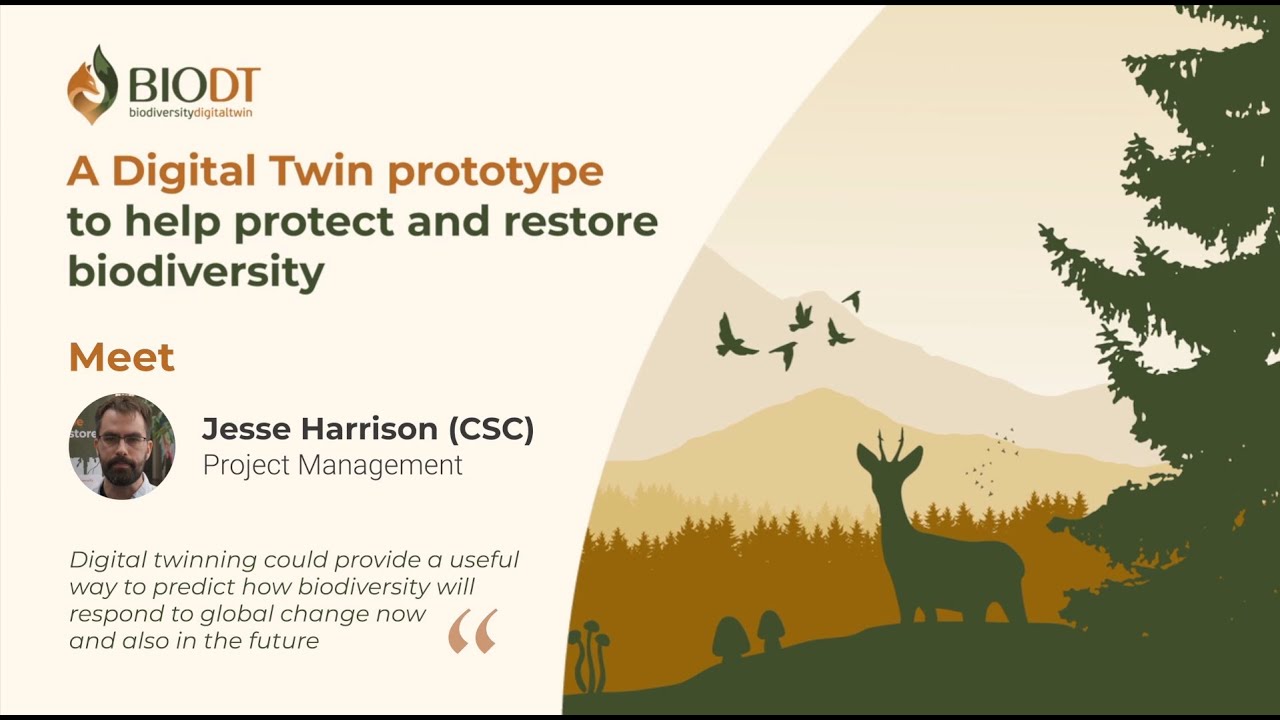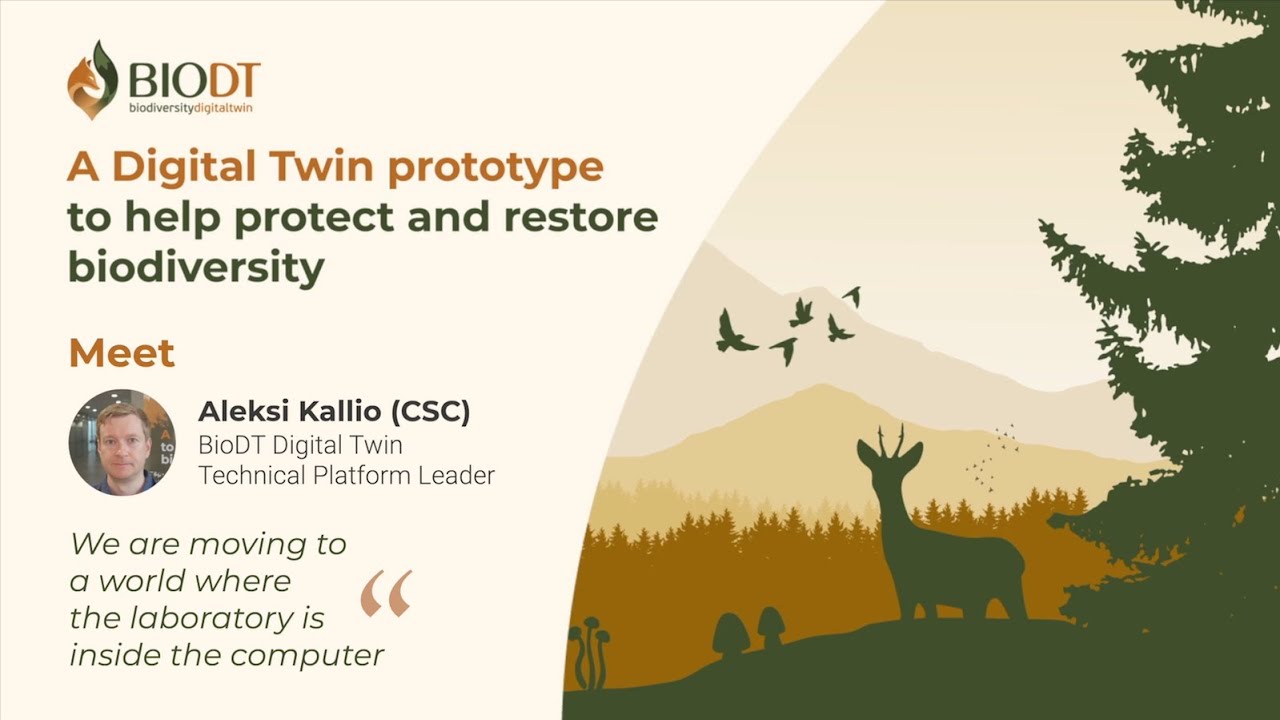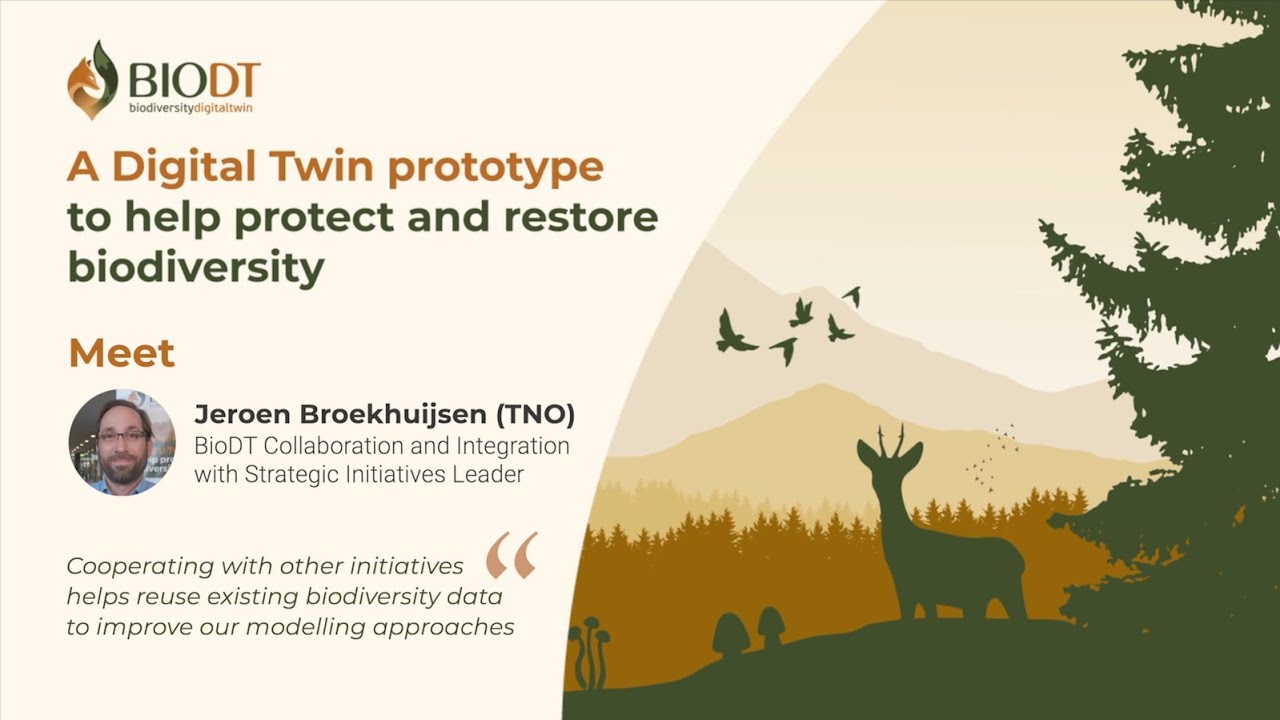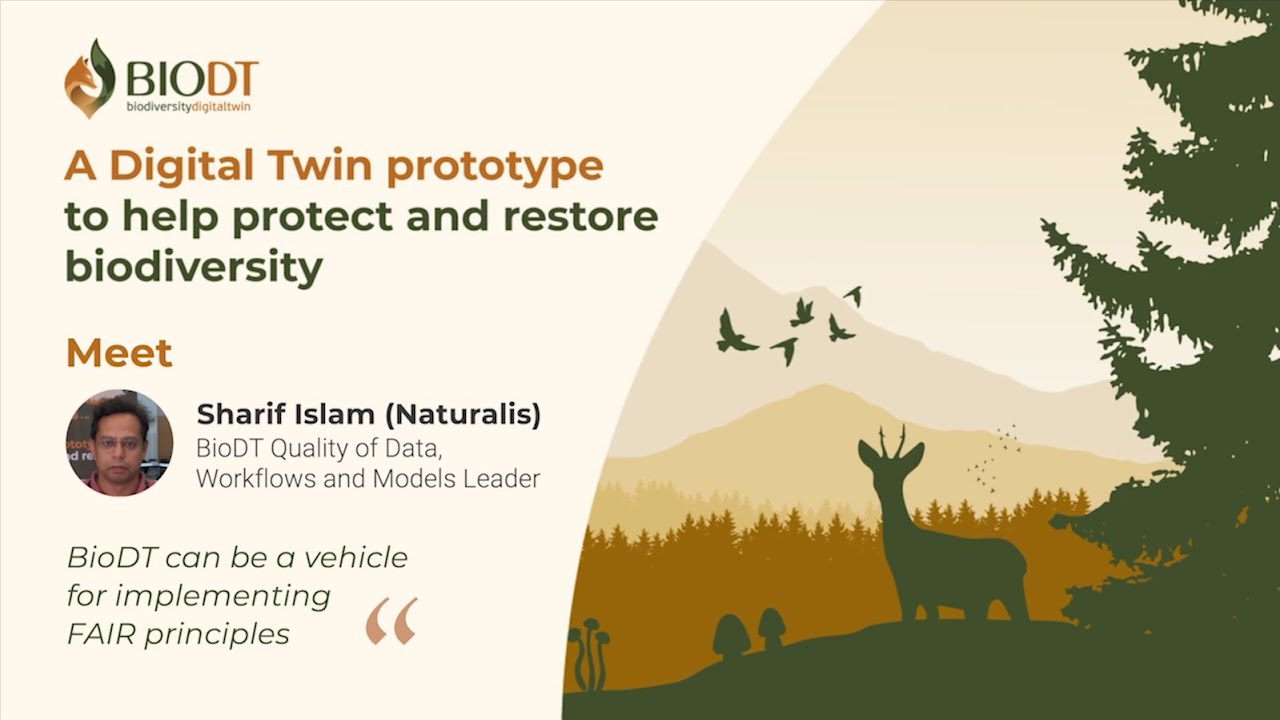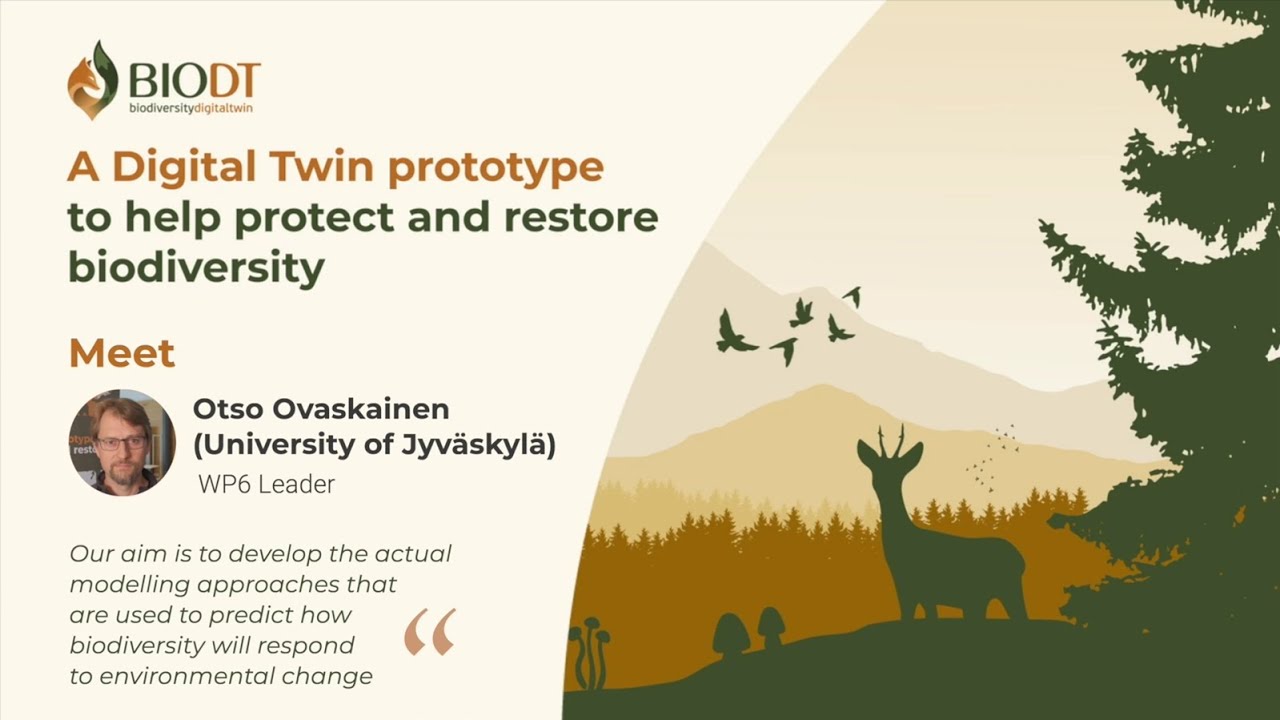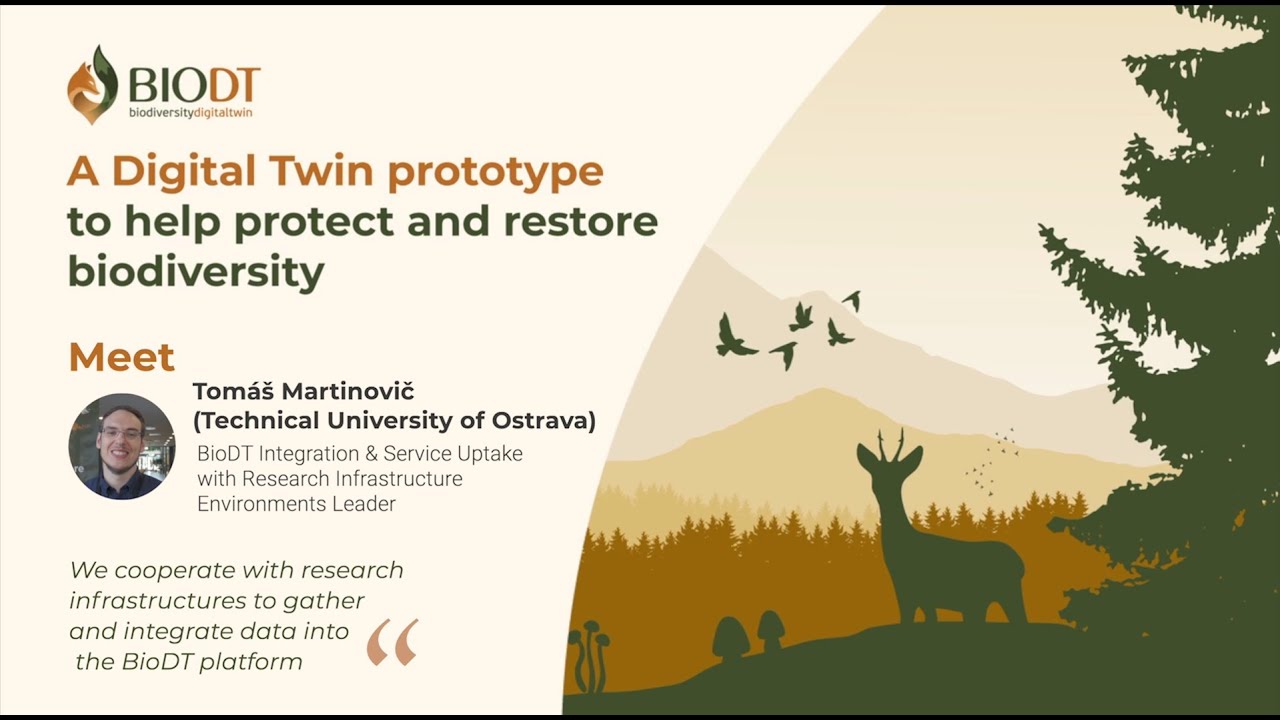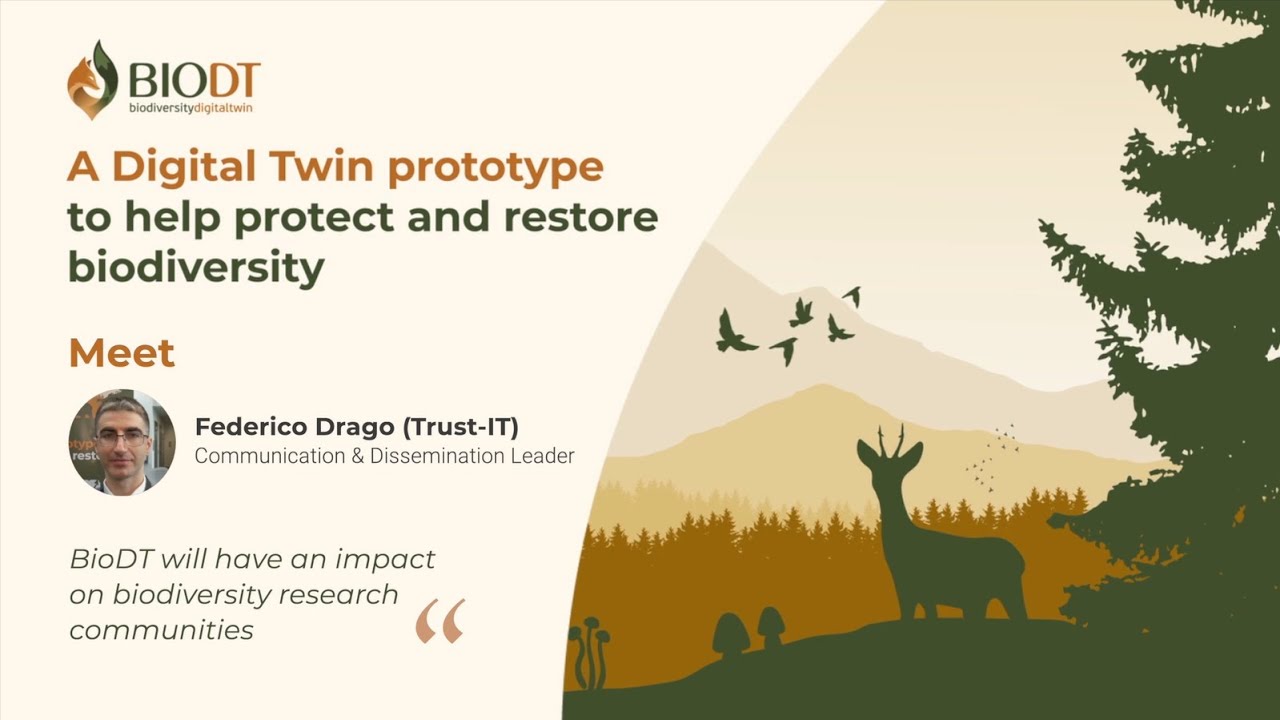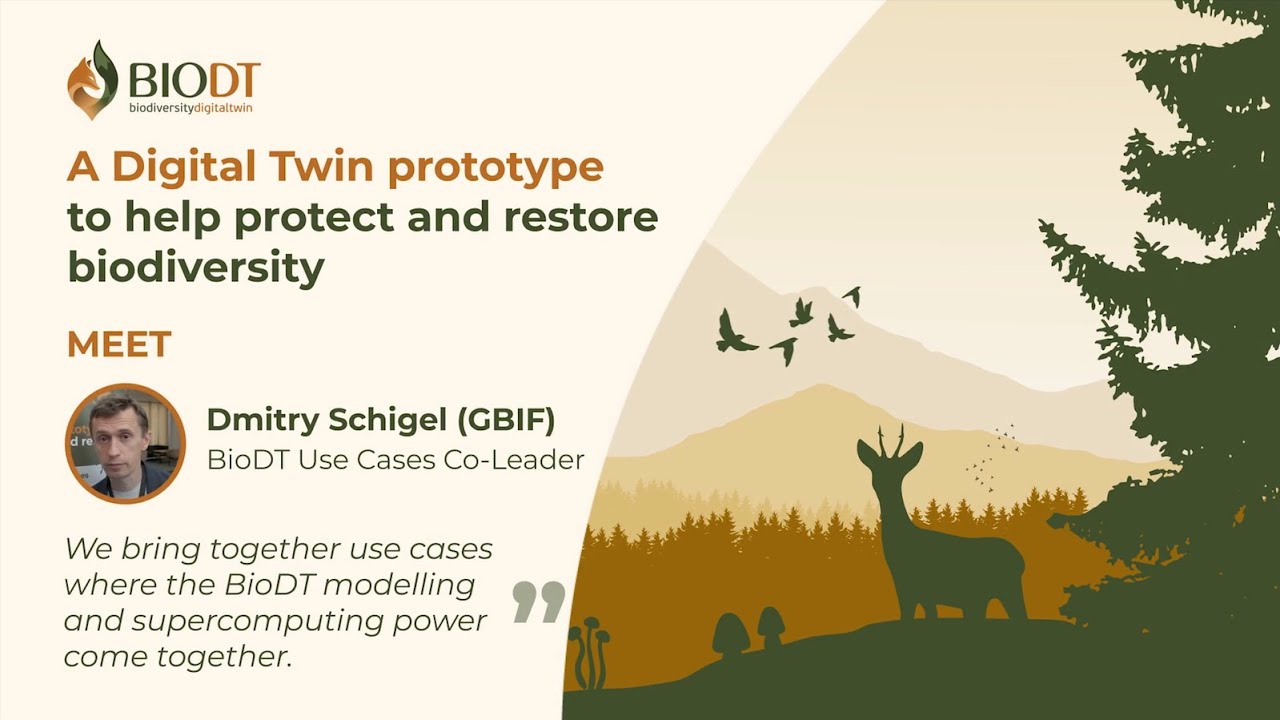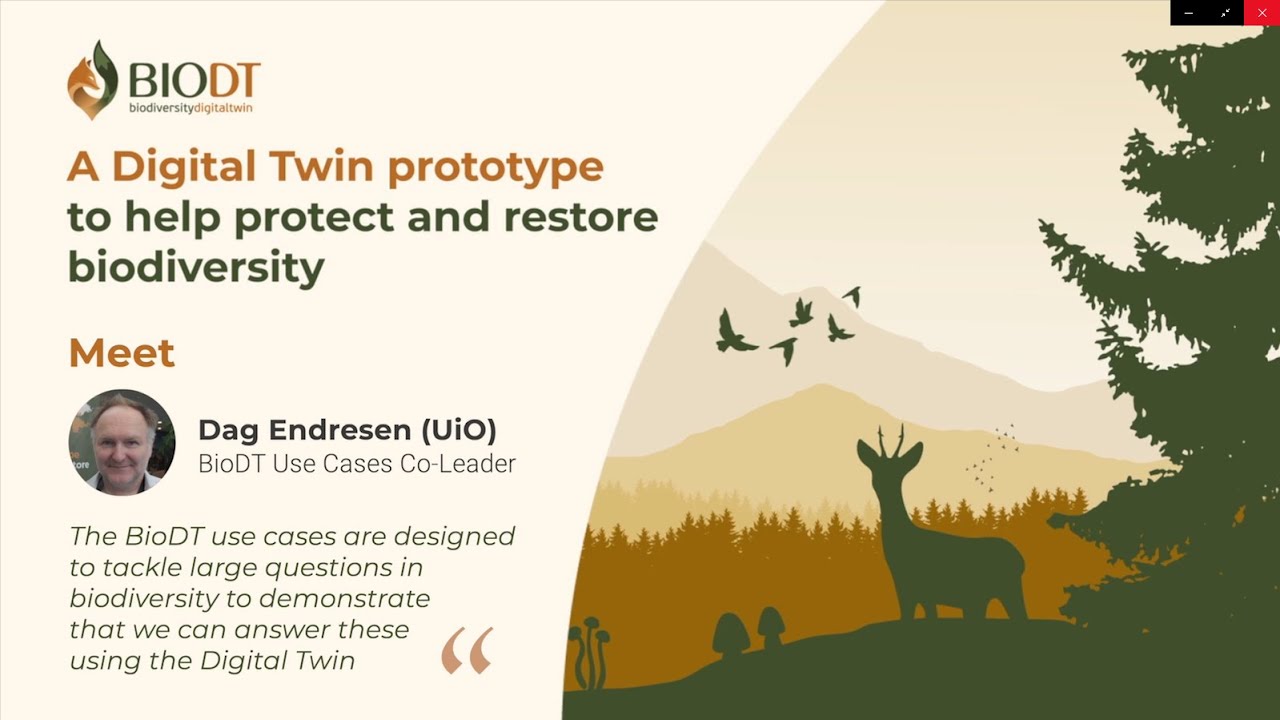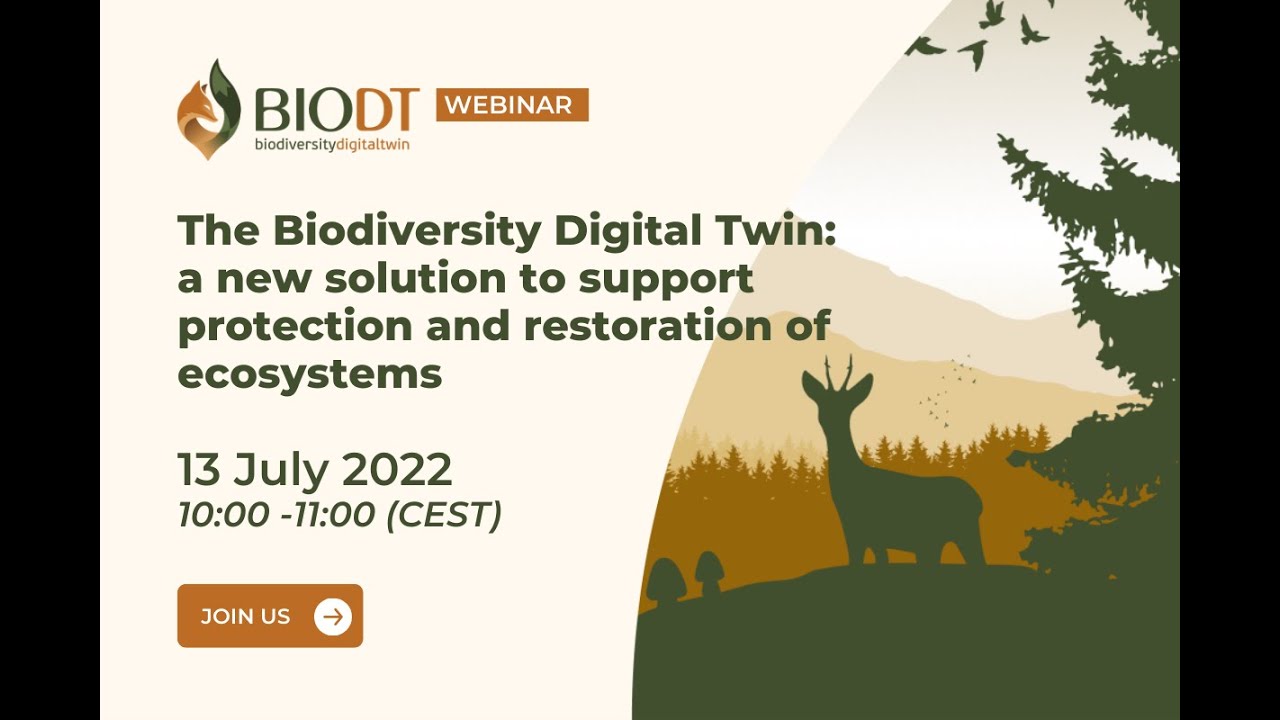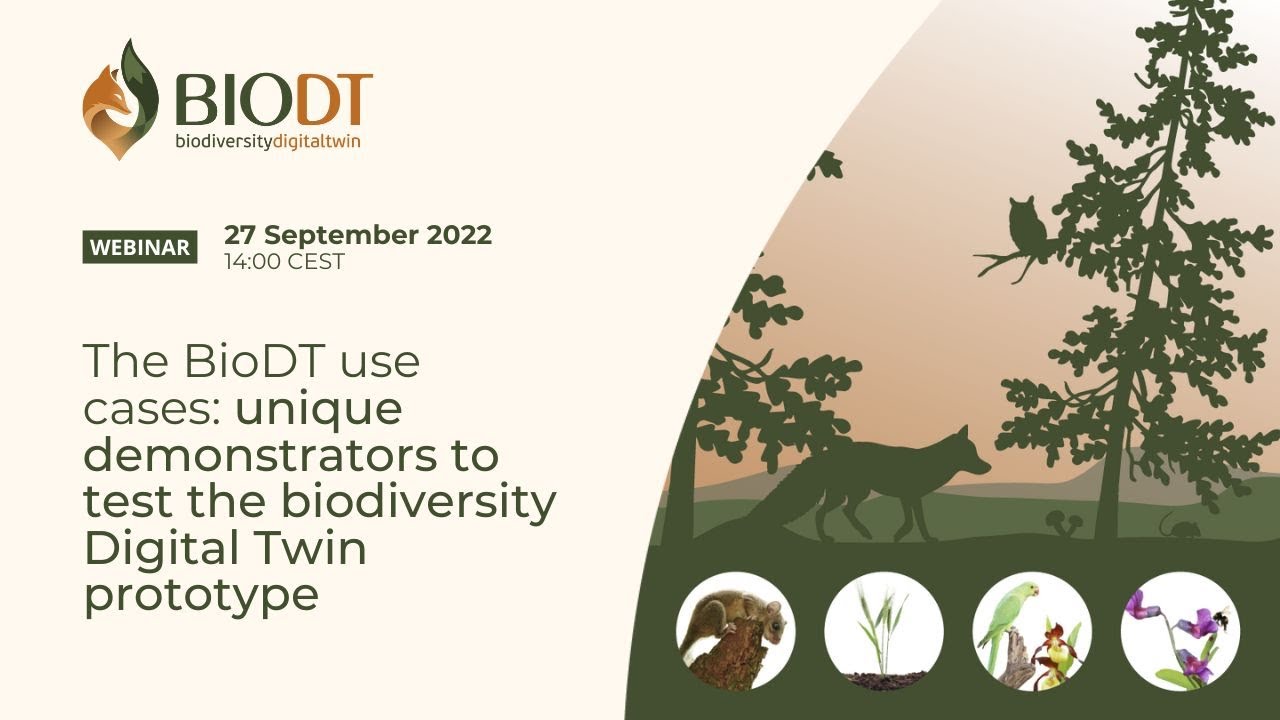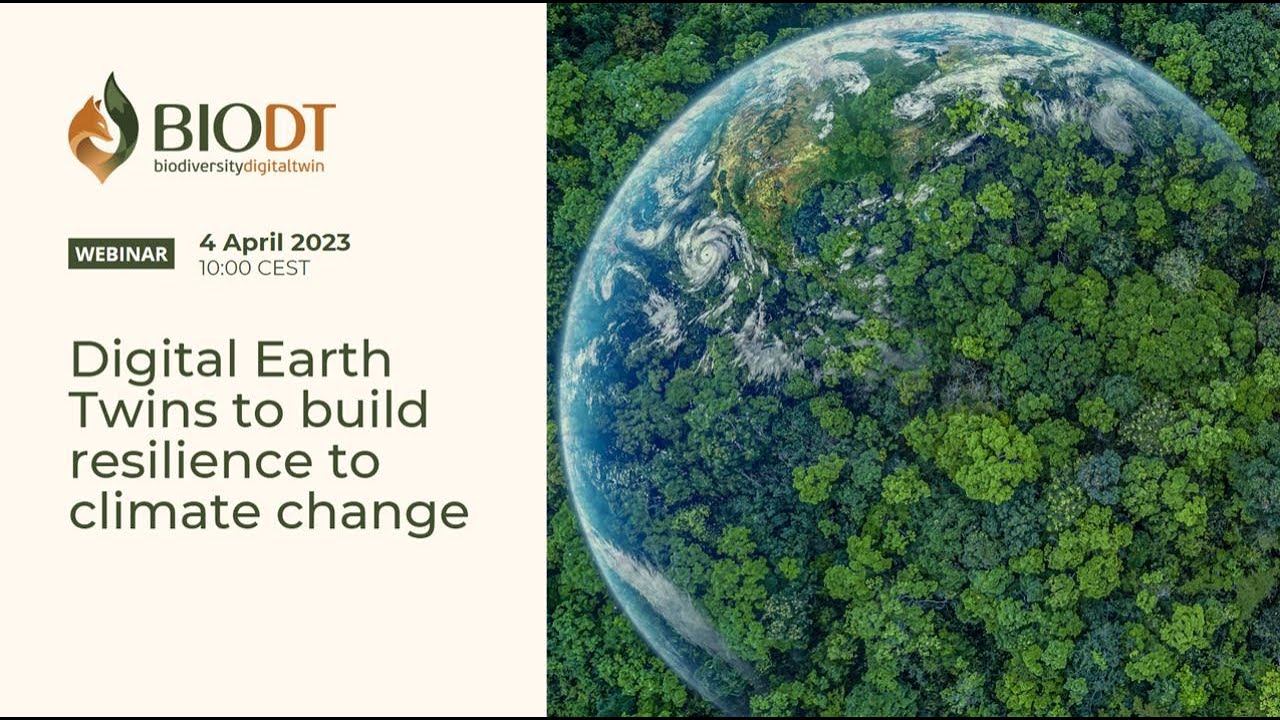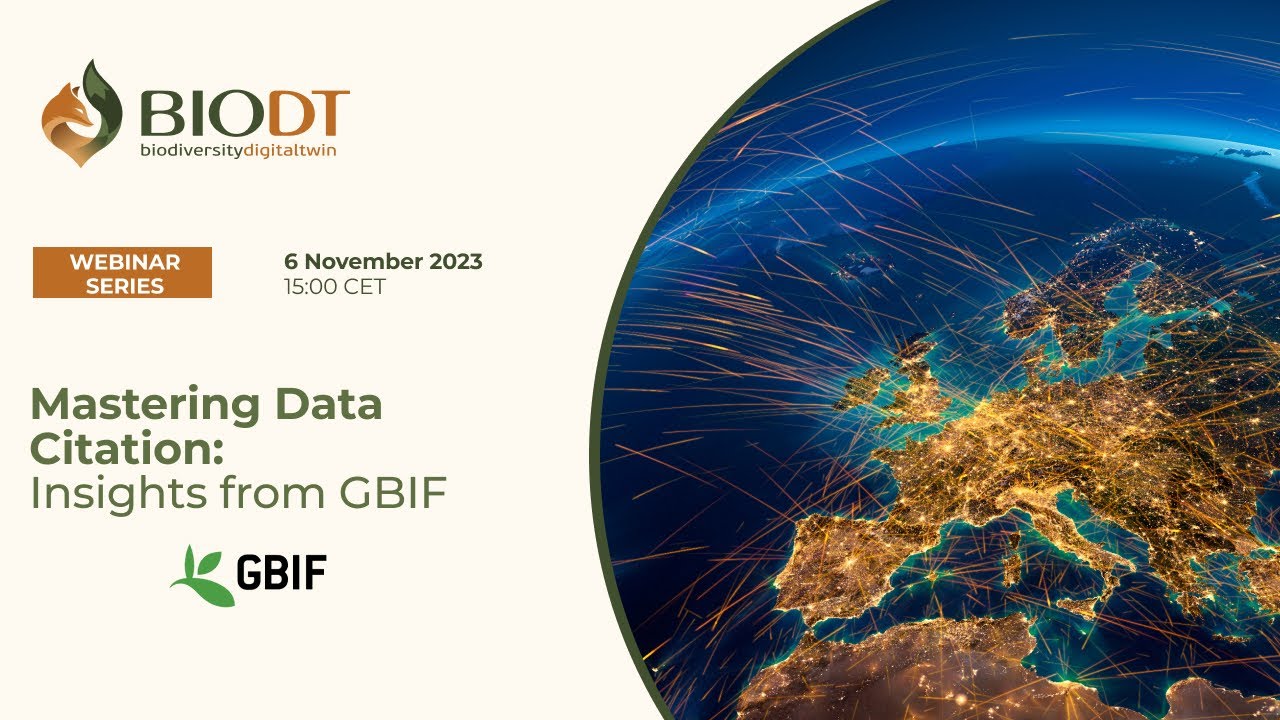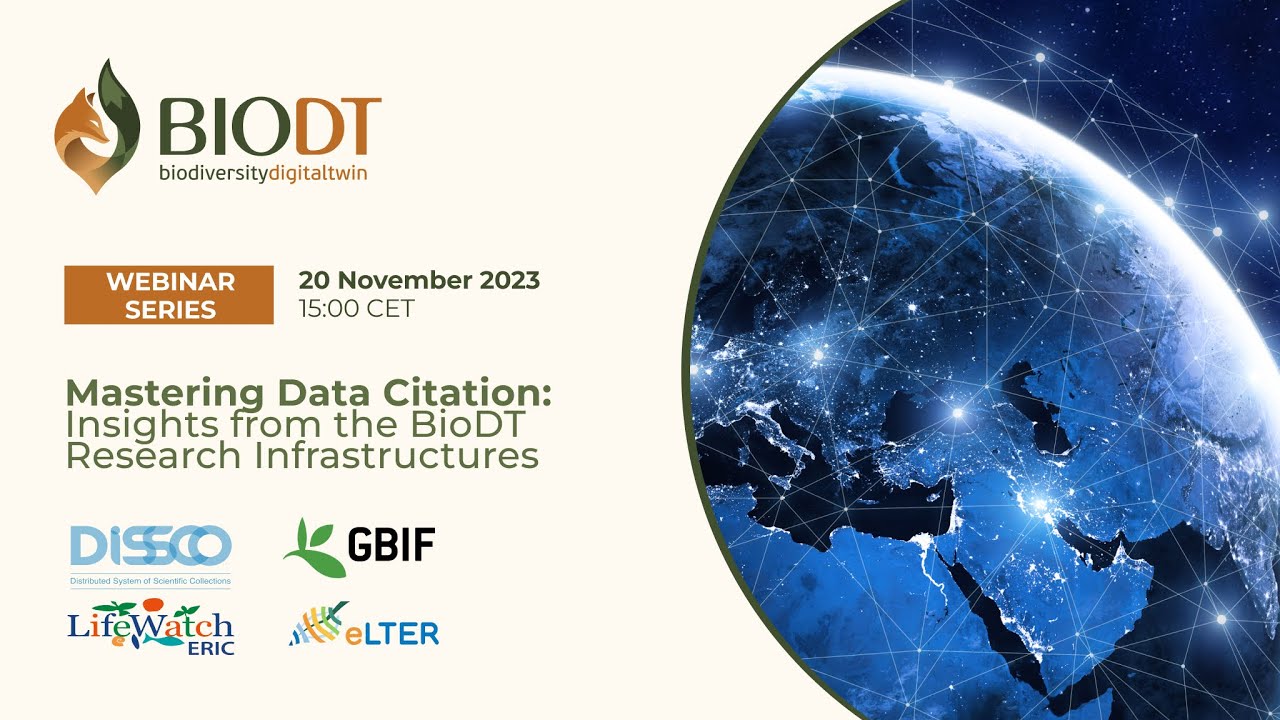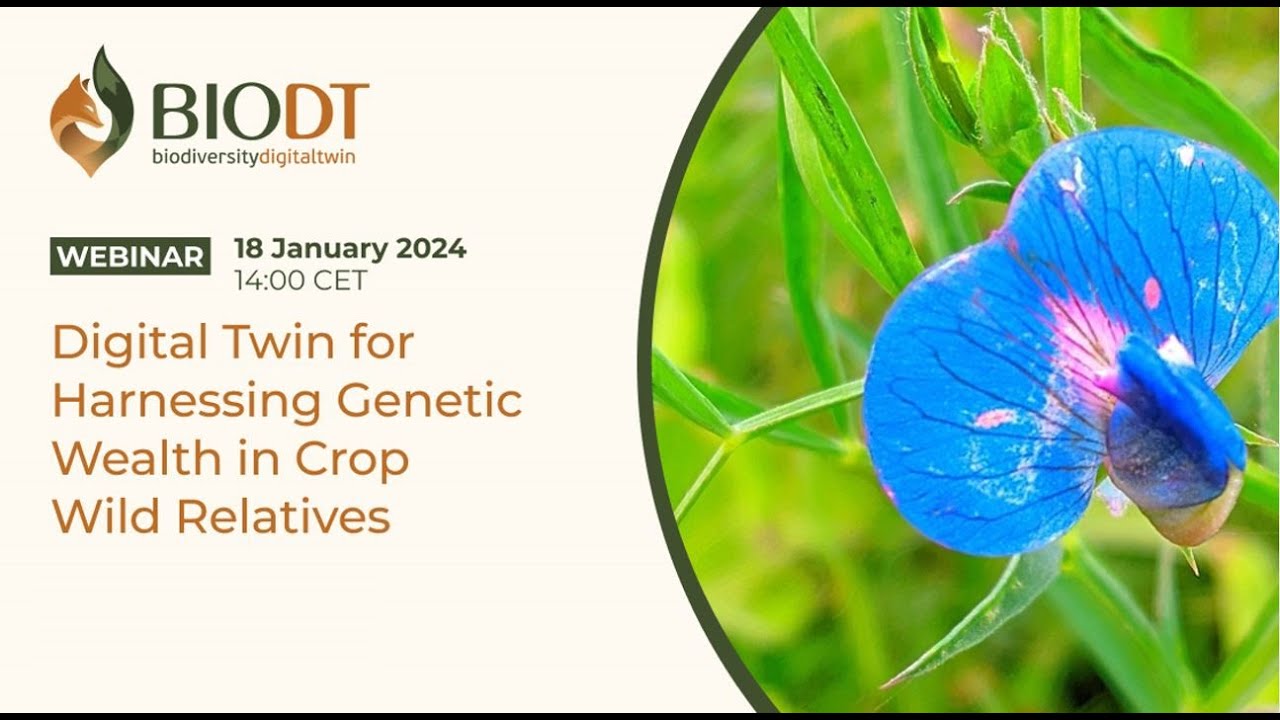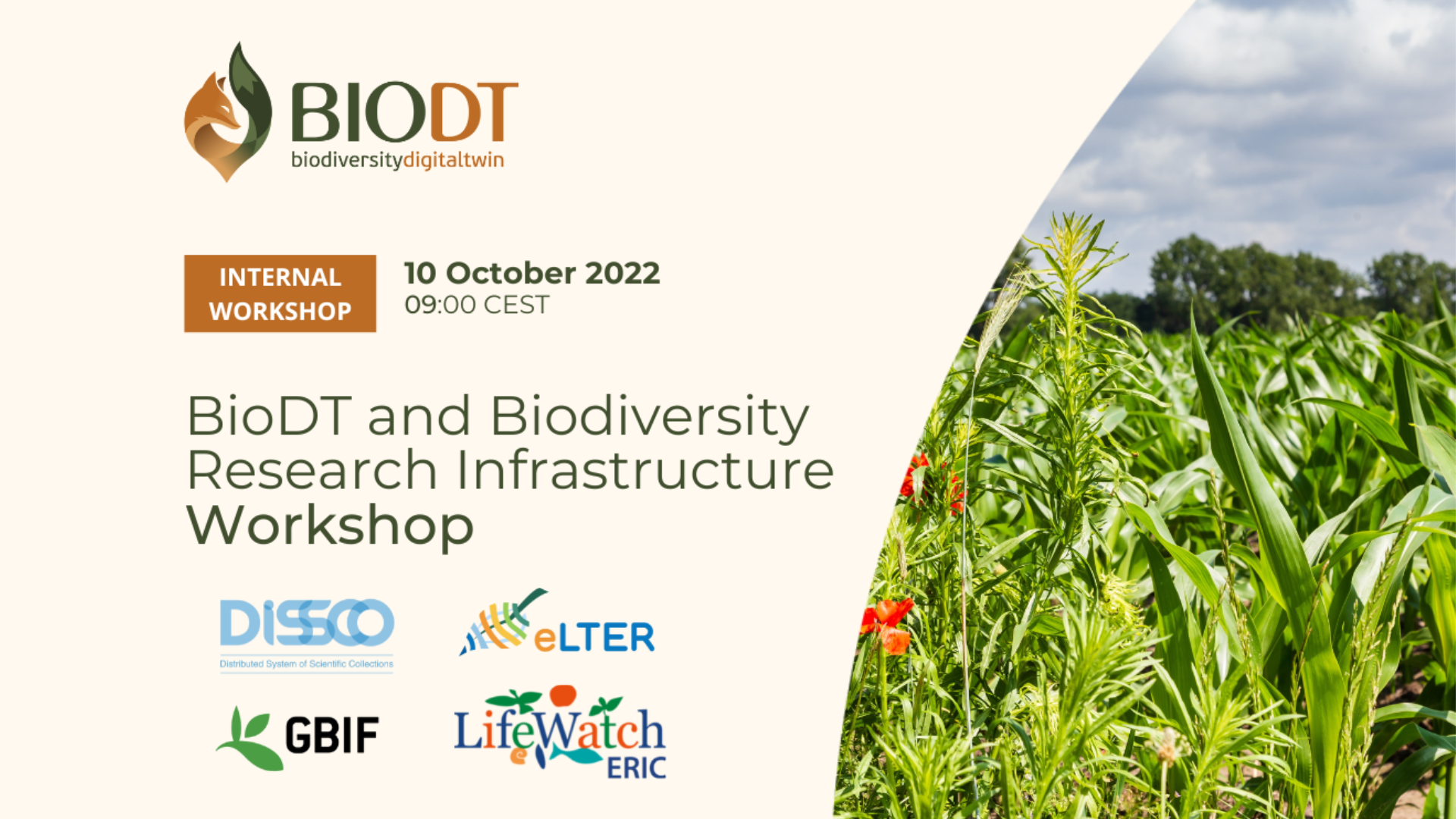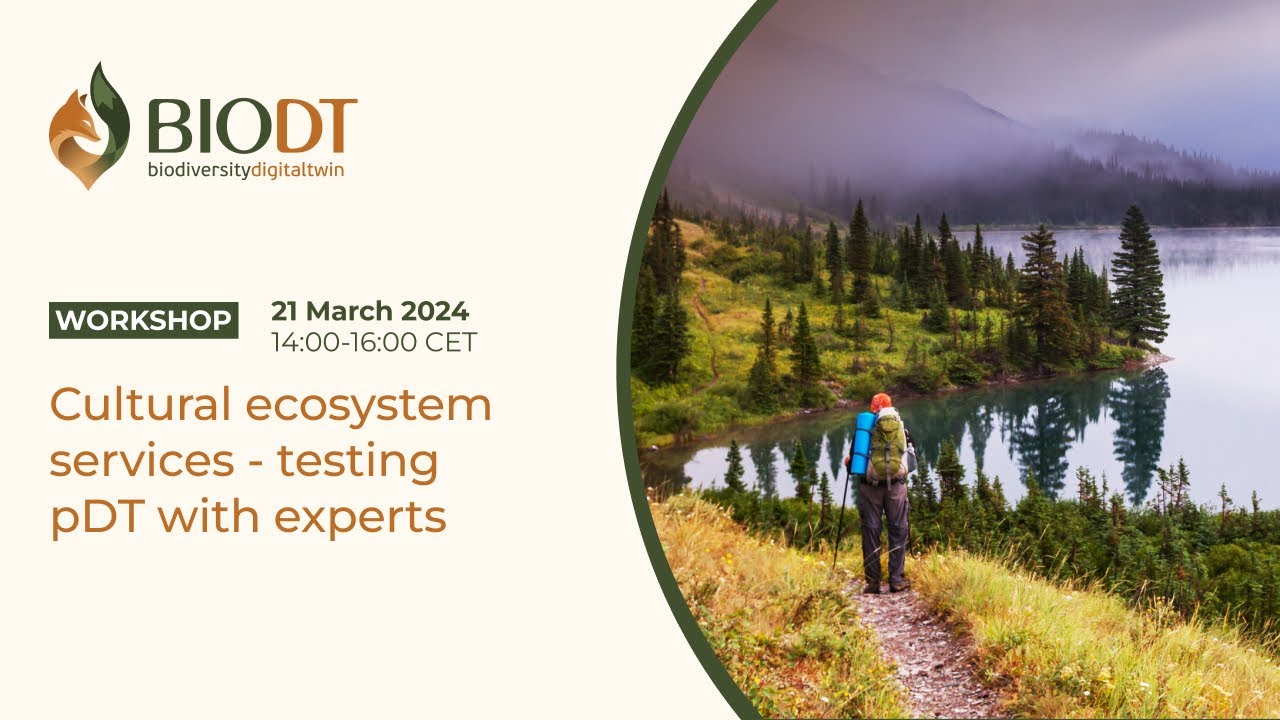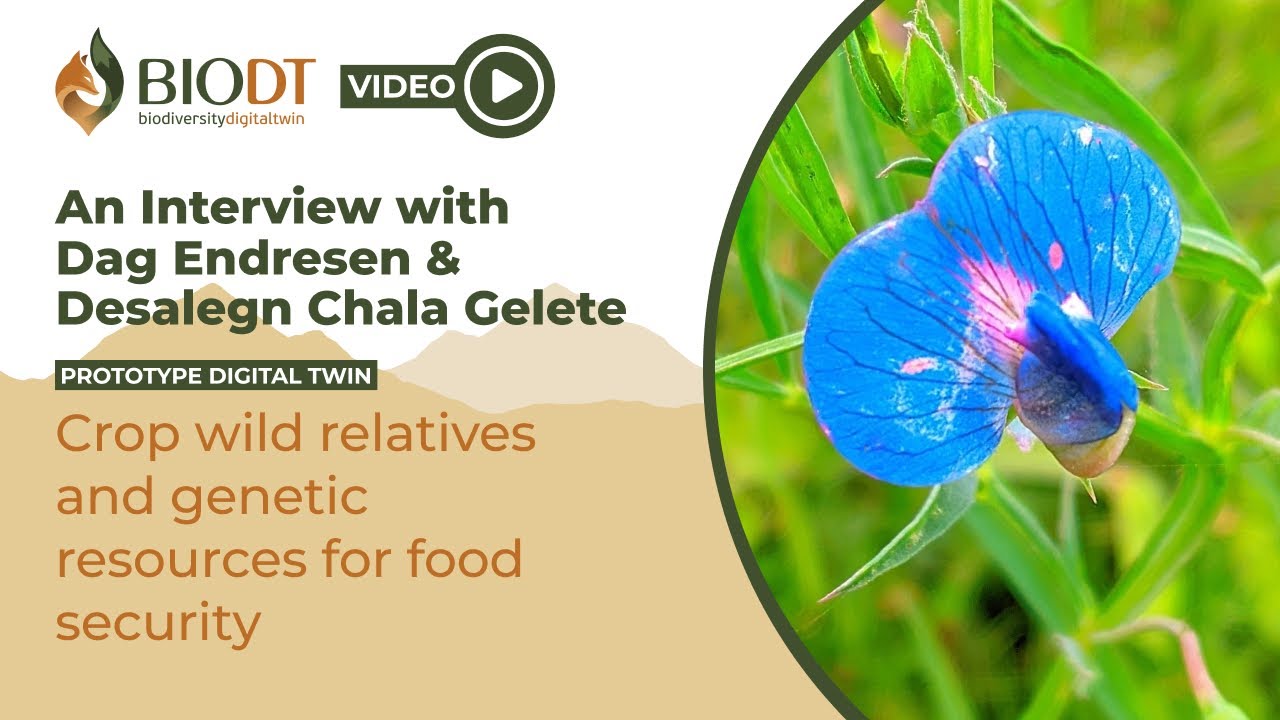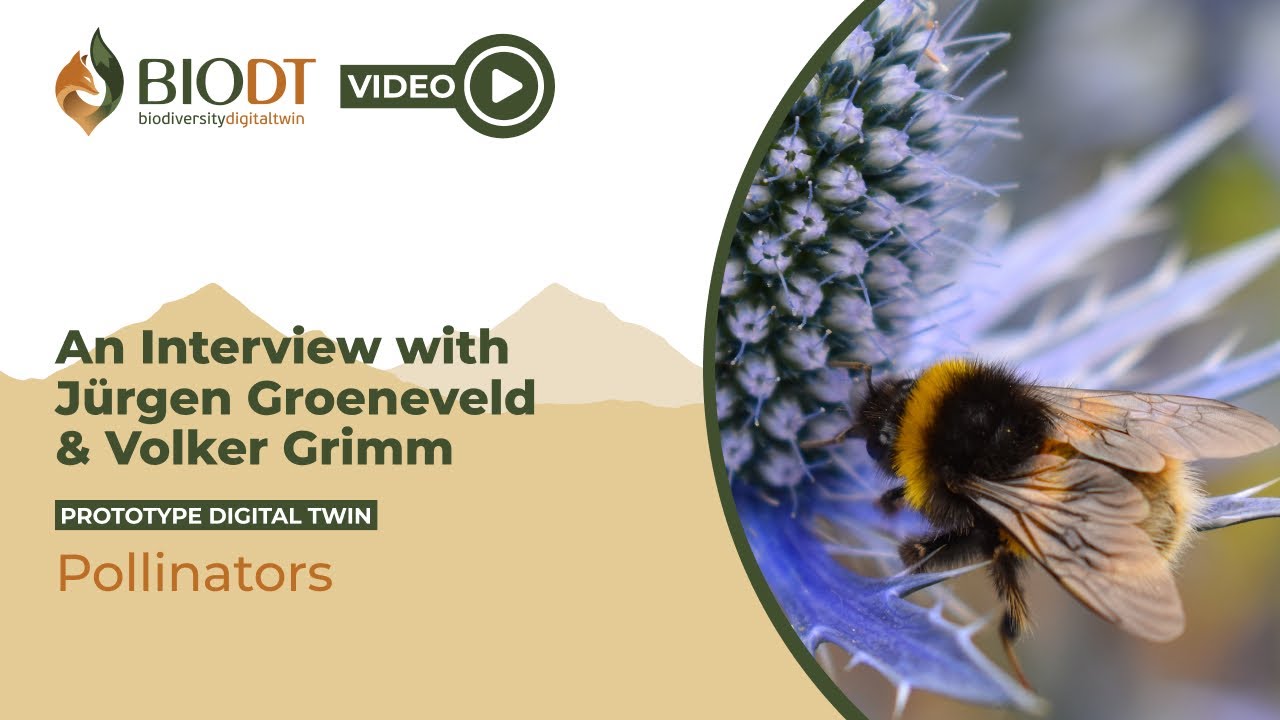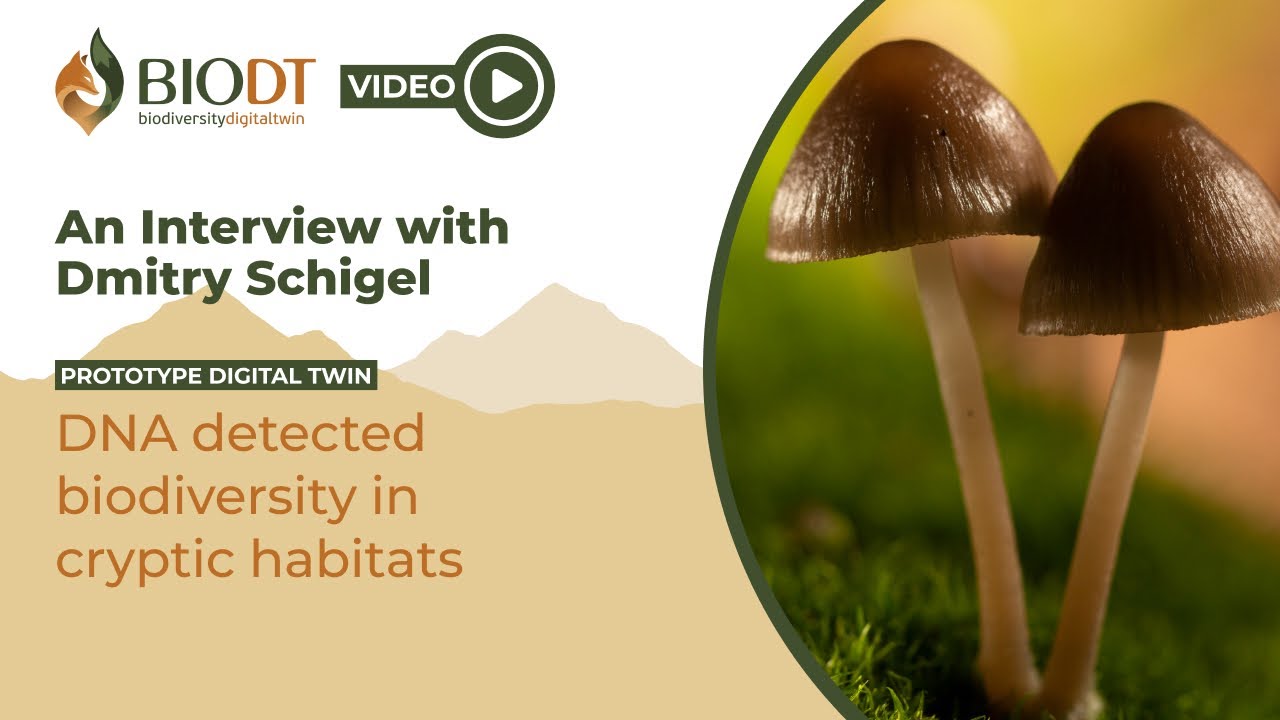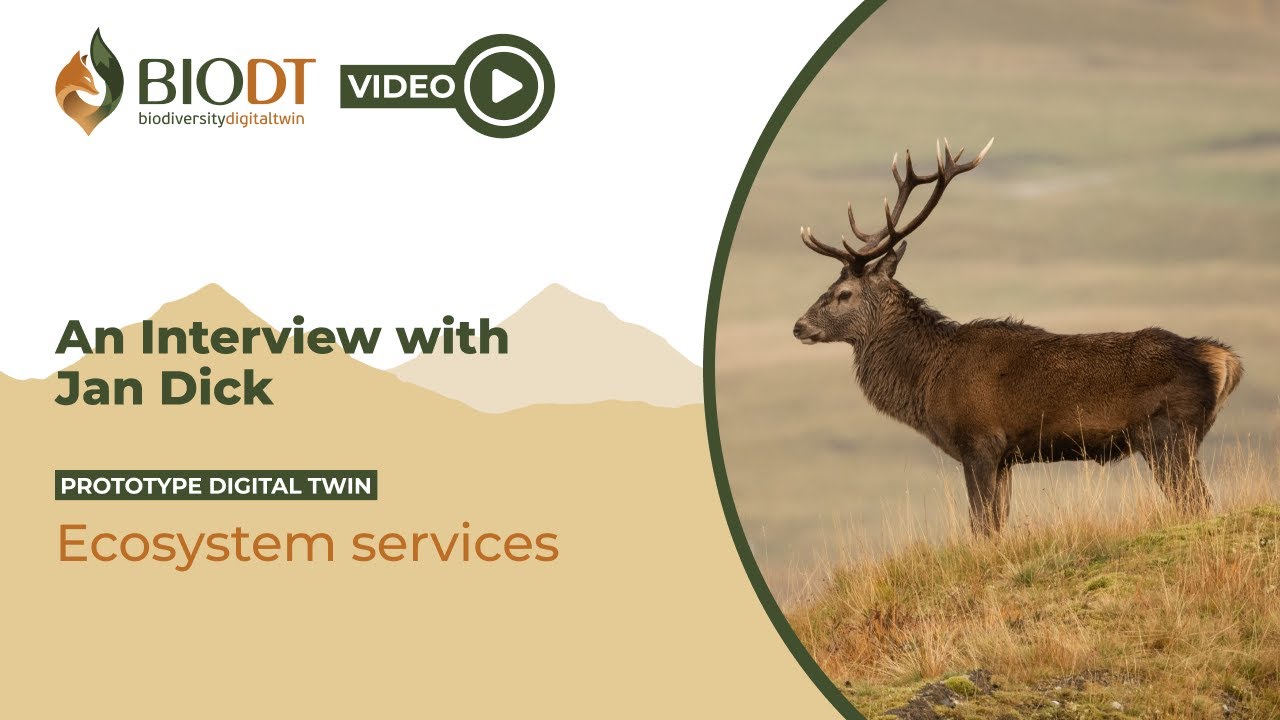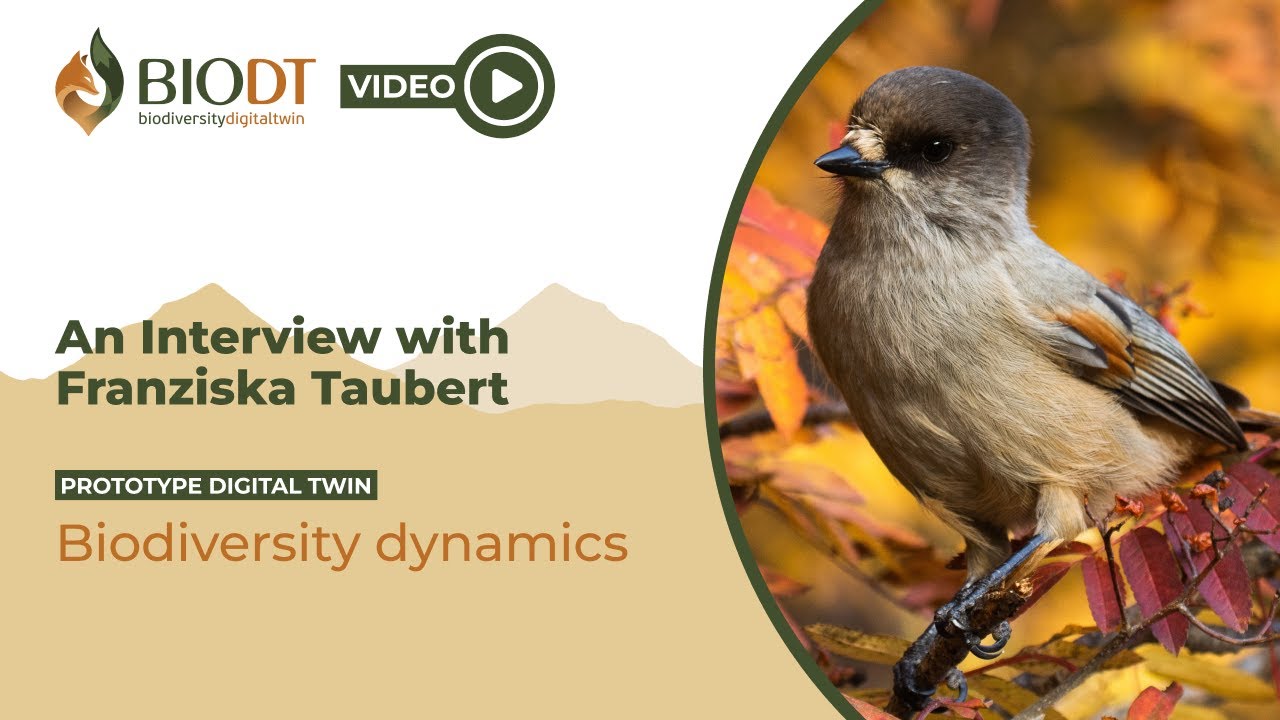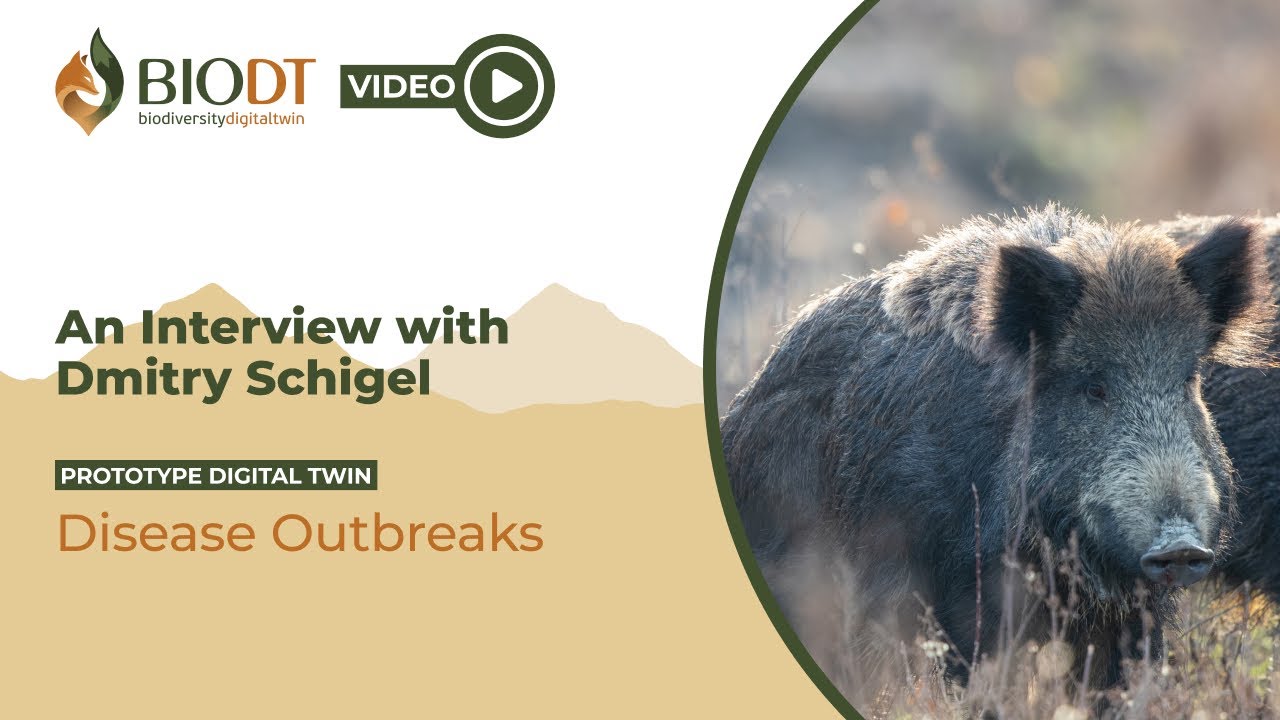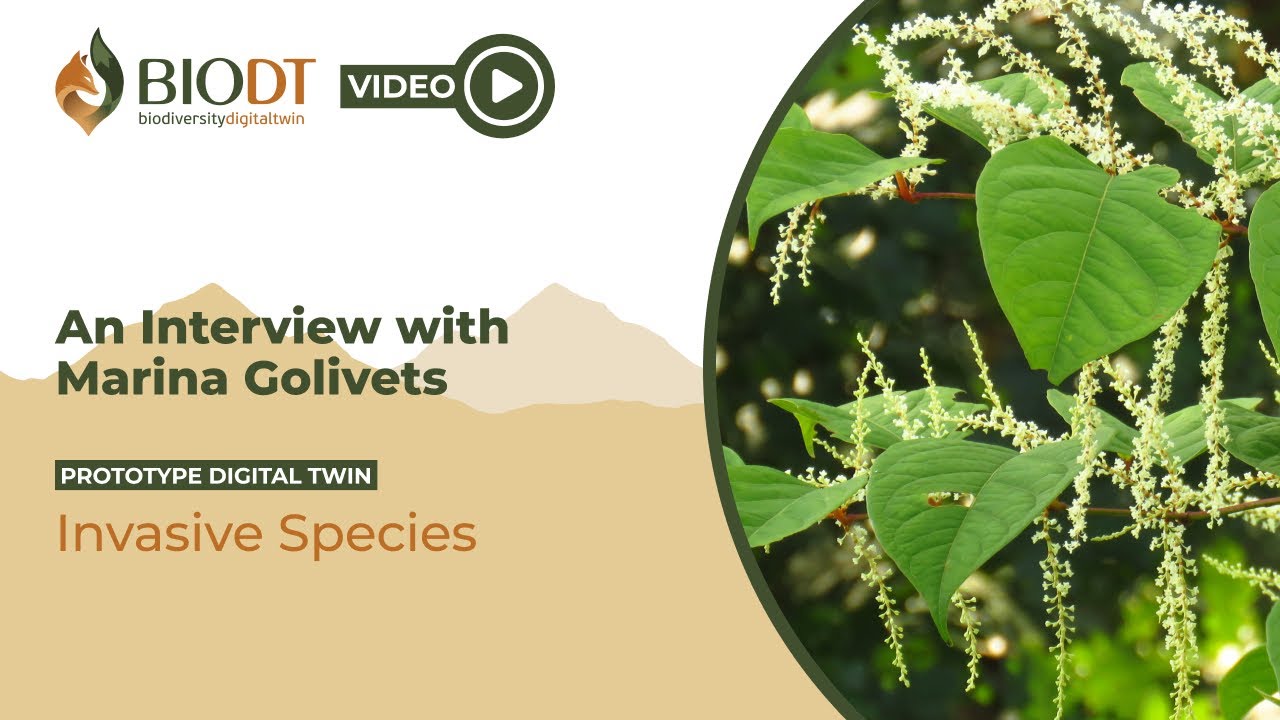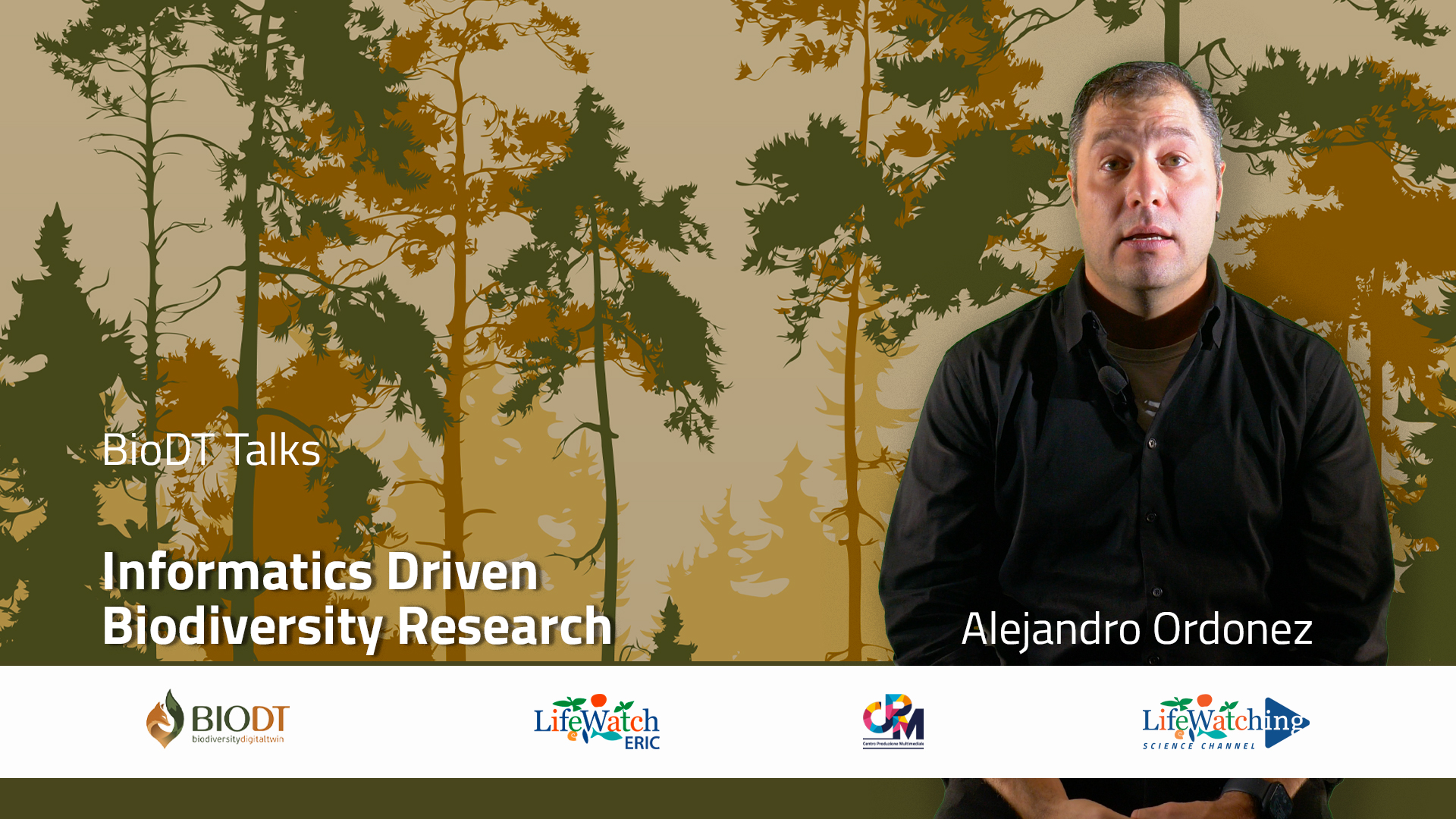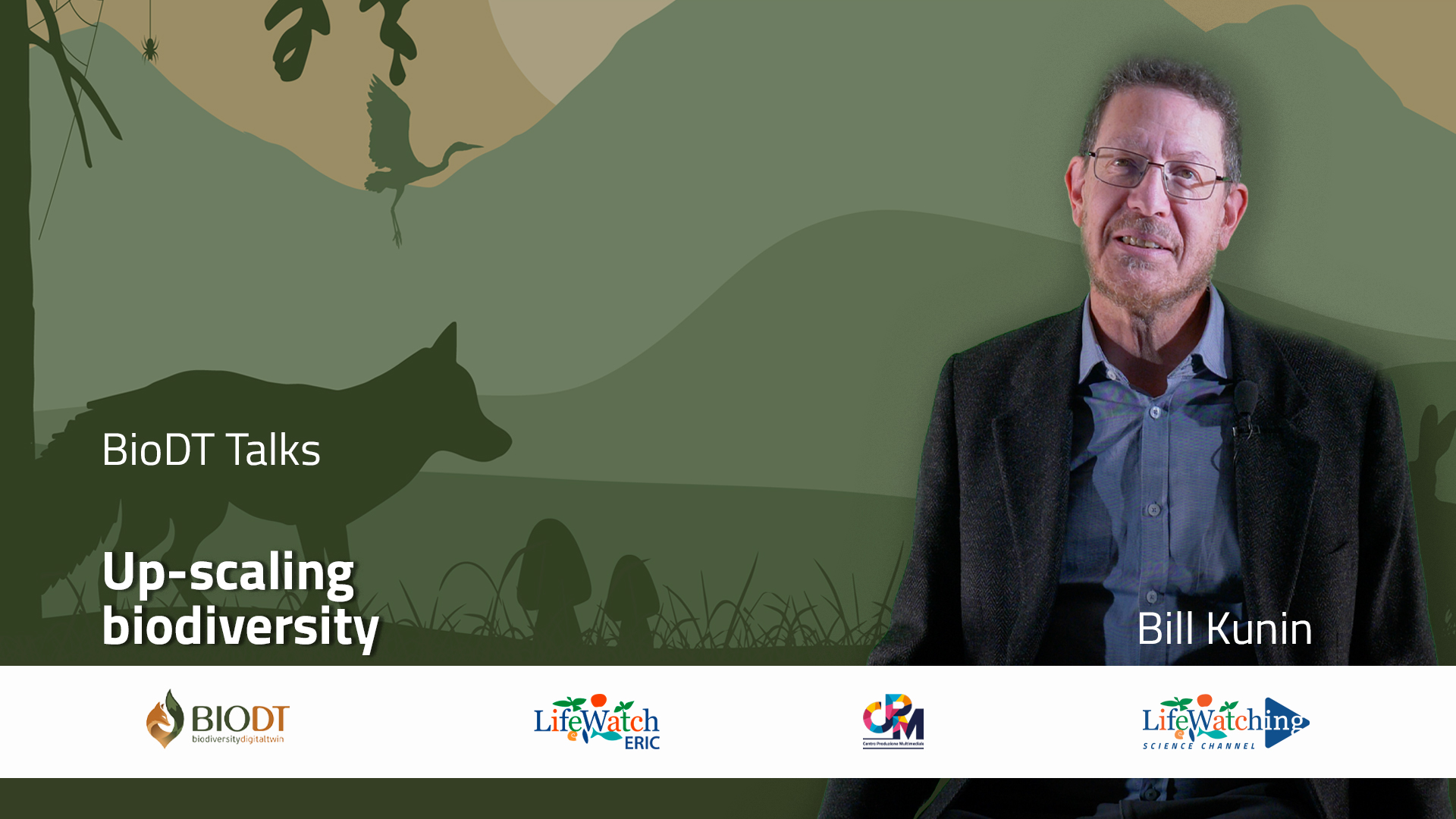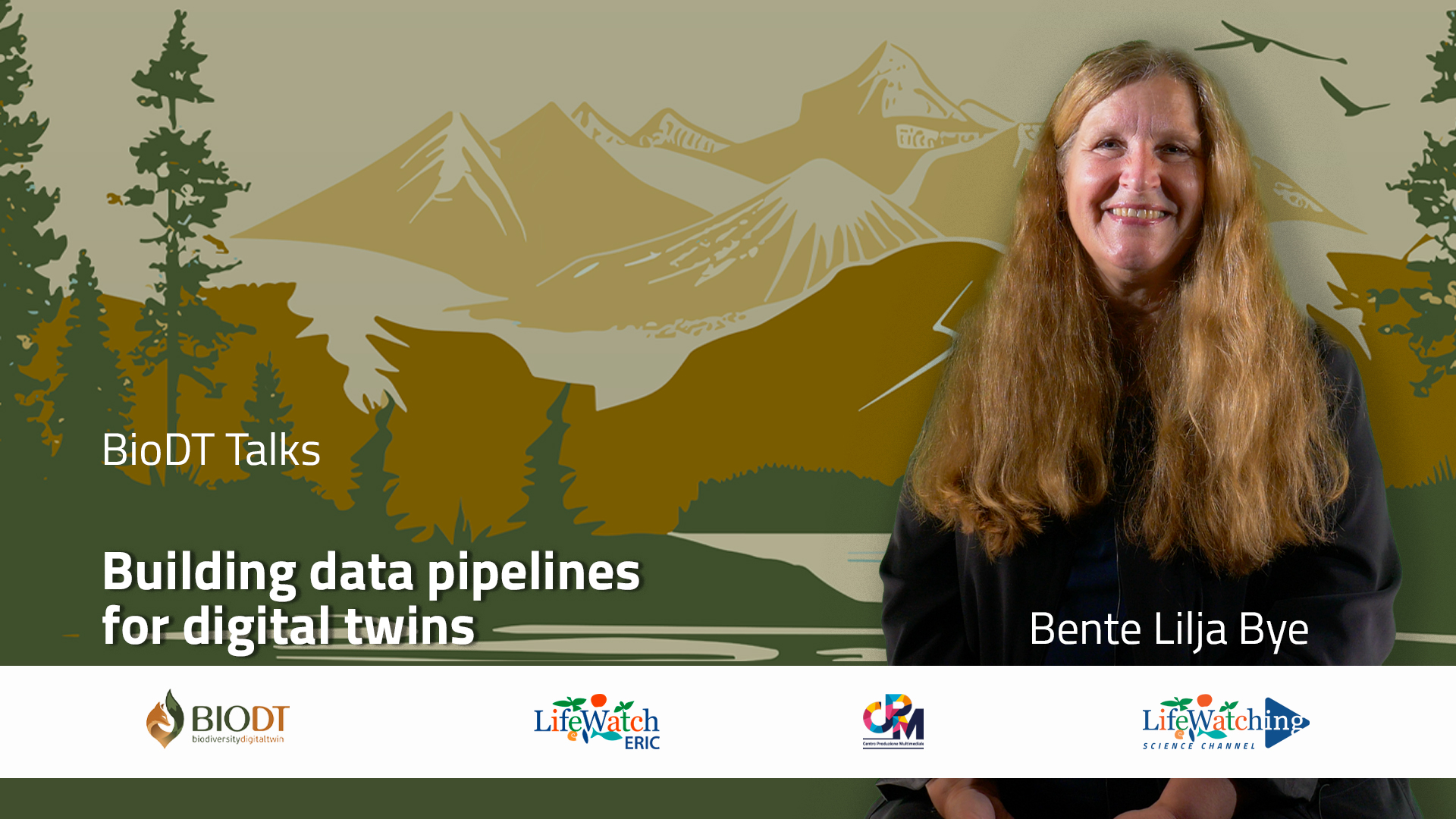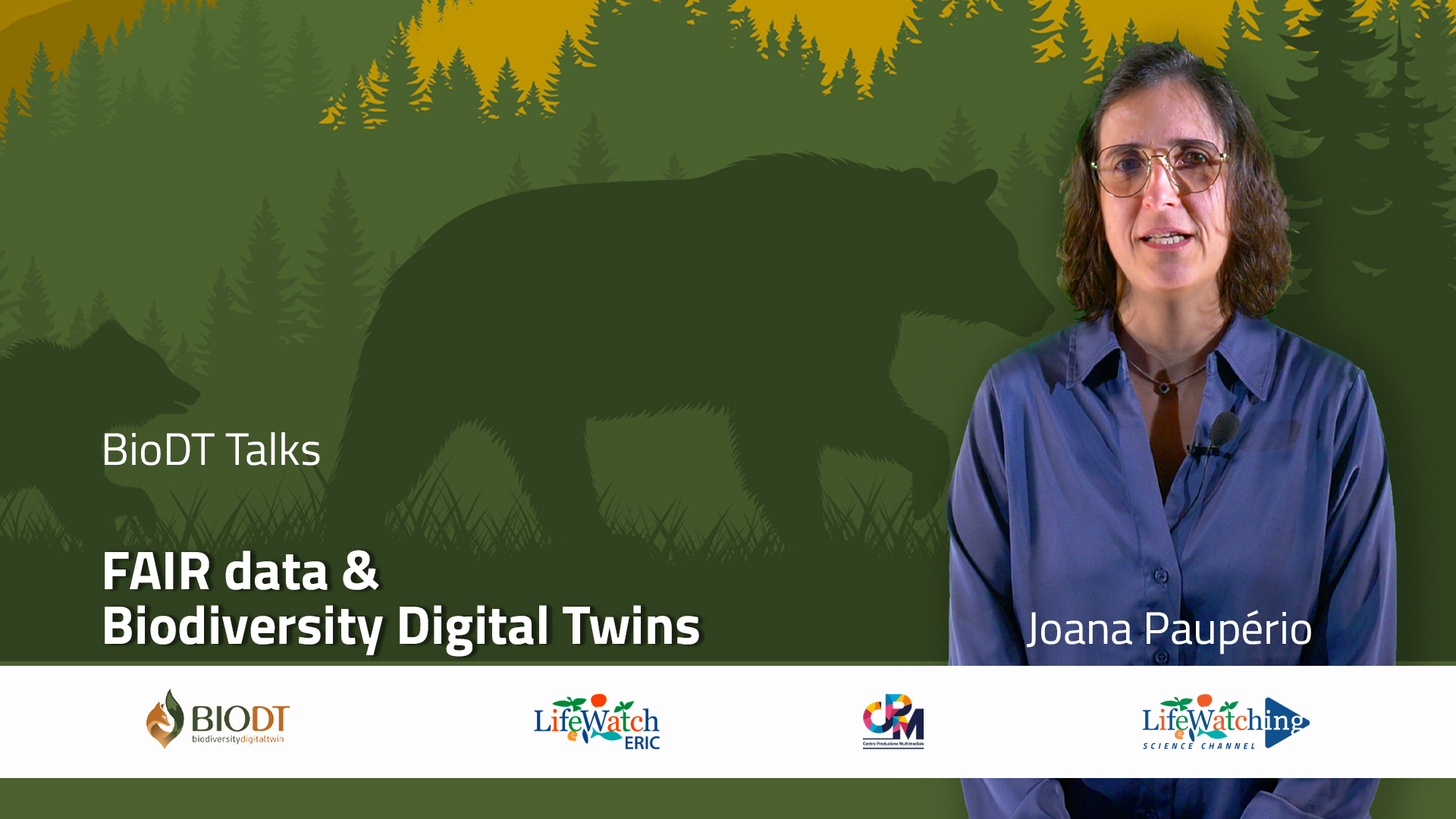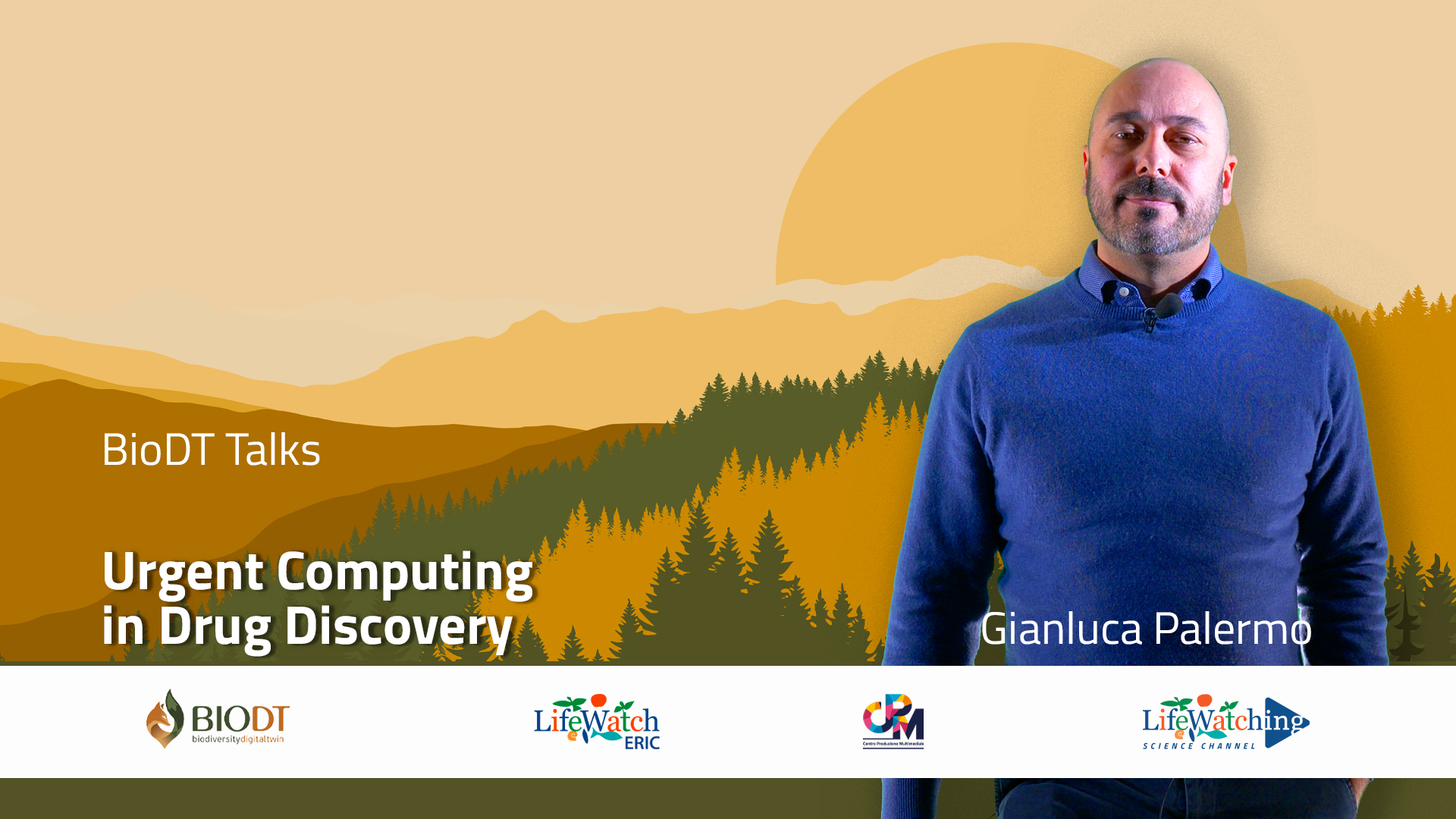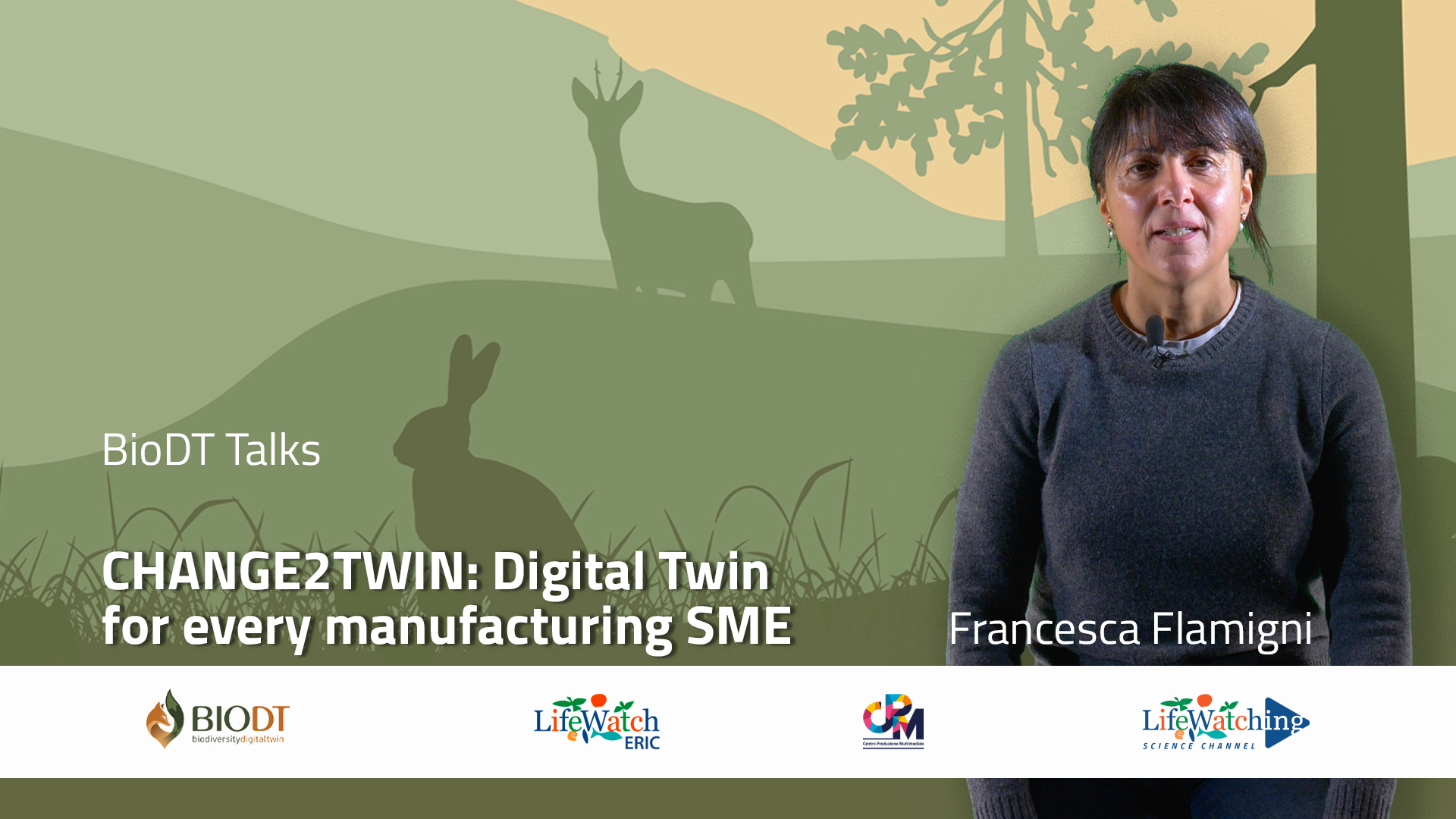Upscaling biodiversity
“Anyone who spent any time studying biodiversity knows that as you go from a small sample to a larger and larger and larger area, you find more and more species. Biodiversity is intrinsically scale-dependent”. Bill Kunin, University of Leeds, in this second BioDT Talks, the new 6-part series exploring how data, science, and technology are reshaping our response to the biodiversity crisis, tell us about how upscaling biodiversity information, from fine scales to regional, continental and global scales.
In his talk, Prof. Bill Kunin explains in particular why is important to upscale biodiversity, and the challenges still to overcome to achieve this important result.
Is upscaling biodiversity the most important unsolved problem in spatial ecology? One of the reason that makes upscaling biodiversity challenging is that biodiversity is an unusual variable. Most variables (e.g. carbon stock) are additive and therefore easy to upscale, but biodiversity (e.g. species richness) is subadditive, and that makes hard to scale it up: if you had six species in an area, and four species in another area, you might not have 10 species altogether, but you might only have seven, or six, or eight, because there may be some overlapping in the species you had in the different samples.
Why upscale biodiversity? There are various reasons researchers might want to upscale biodiversity: to estimate biodiversity in little-know areas or taxa (e.g. how many tree species there are in the Amazon); to extrapolate results of fine-scale experiments to predict larger-scale effects (e.g. the effects of different management schemes); to monitor biodiversity change at multiple scales; to model spatially realistic futures (e.g. digital twins, linking local and coarser scale patterns). Moreover, upscaling biodiversity allows to assess scale-specific biodiversity impacts, as in case of habitat fragmentation, alien species, and climate change that may affect biodiversity differently at different scales. Watch the video, and find out more!

